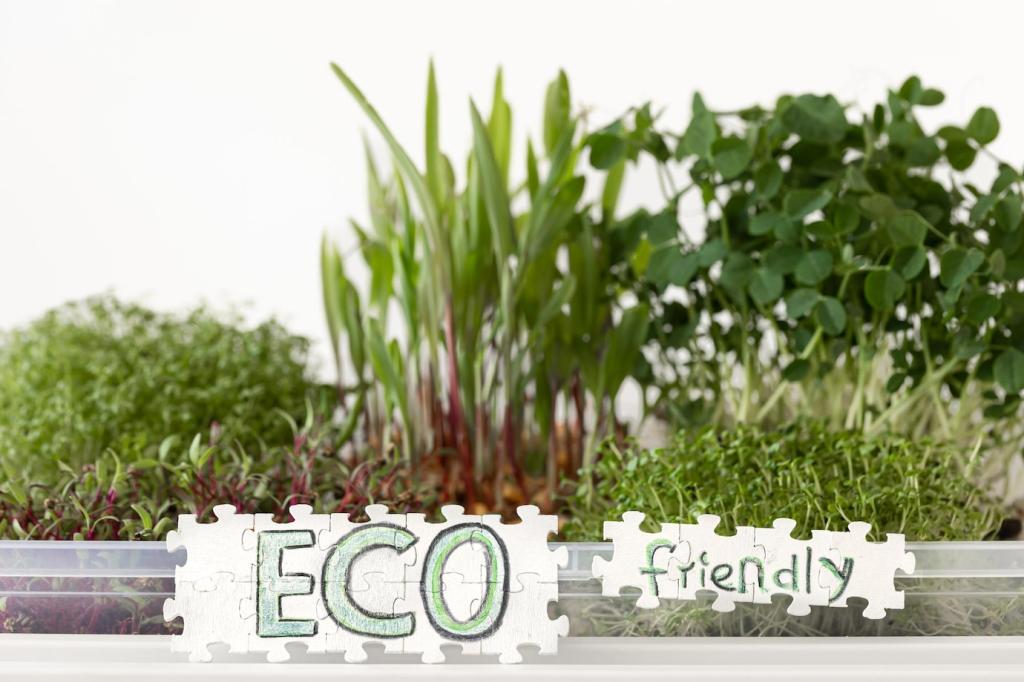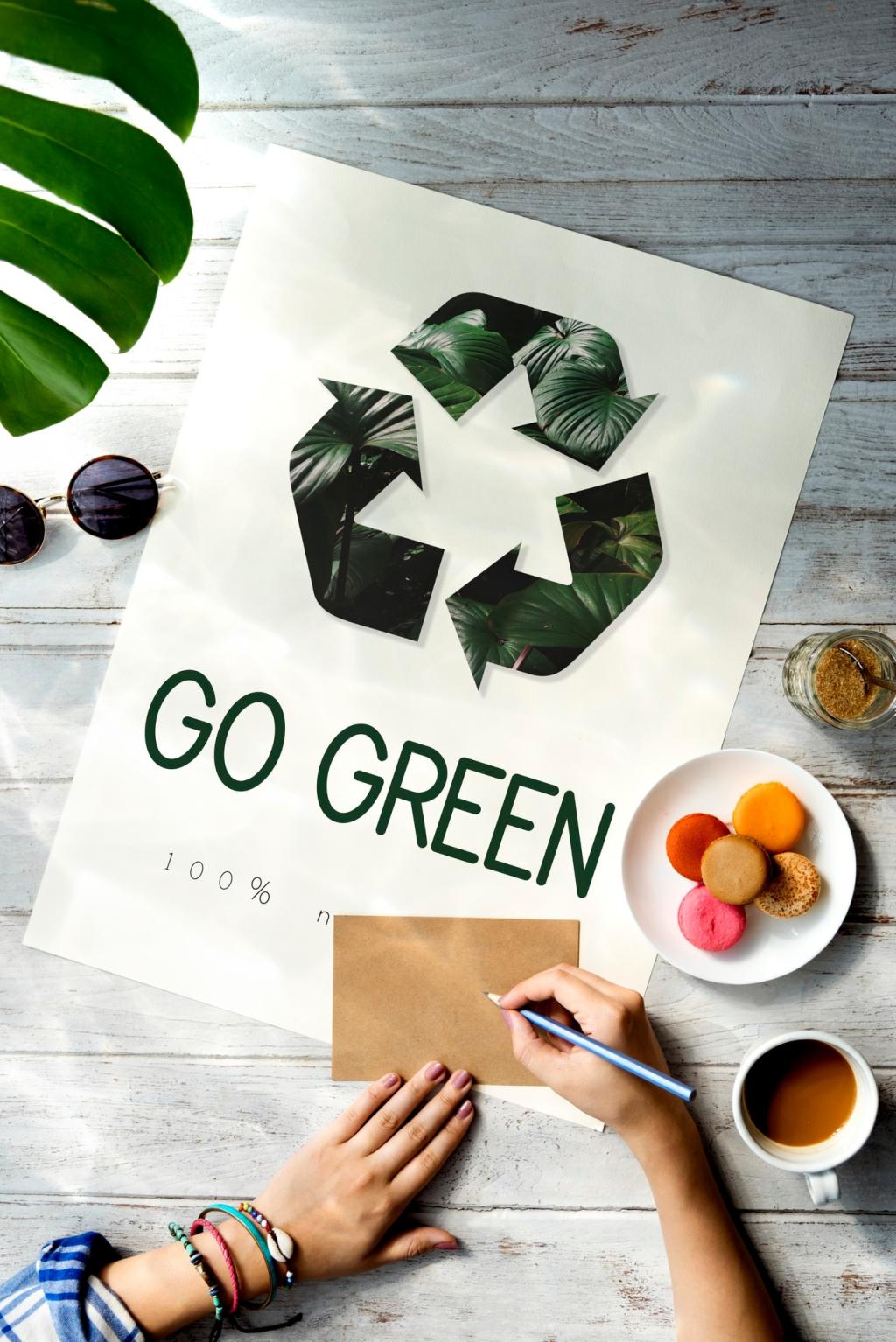Proven Methods for Common Stains
Blot immediately with a clean cloth, then apply a mix of cool water and diluted vinegar. For stubborn rings, add a pinch of baking soda and gently dab. Finish with a mild plant-based soap and a cool rinse. Share whether your mugs leave tannin shadows, and we’ll help refine your routine.
Proven Methods for Common Stains
Cover the spill with salt to absorb, then flush with cool club soda from the back of the fabric. If traces remain, spot-treat with diluted hydrogen peroxide only after a colorfastness test, then rinse thoroughly. Post your toughest wine rescue stories, and let our community vote on winning techniques.





